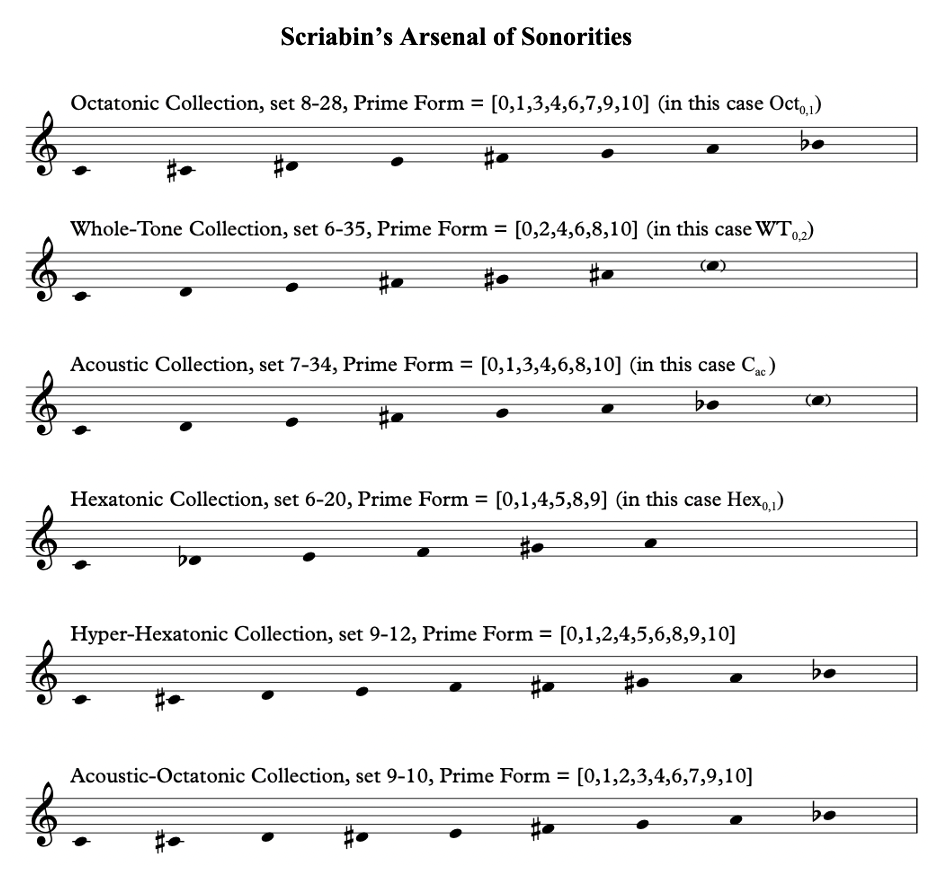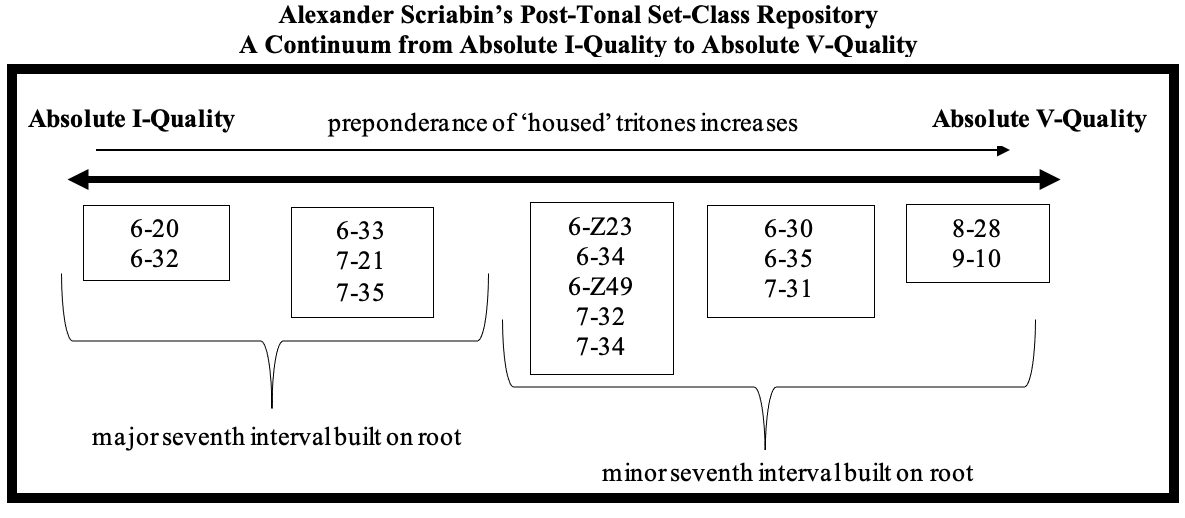The mention of a ‘mystic chord’ at a lecture prompted Rajan Lal (Music 2017) to explore an obscure Russian composer in what has become the focus of his PhD.
Rajan is in his sixth year at Gonville & Caius College and second year of his PhD, having previously completed an undergraduate degree and MPhil. It was during his undergraduate studies that Rajan became aware of Aleksandr Scriabin.
“A Professor of Music History, Marina Frolova-Walker, delivered a lecture during my second year focused on one famous chord, the so-called Scriabin mystic chord,” Rajan says.
“It kind of sounds dissonant at first, but if you play it enough it begins to sound consonant. I knew I needed to understand this harmony, and the composer who pioneered its use, a bit more.”
Rajan completed his undergraduate during the Covid-19 pandemic and then embarked on an MPhil, exploring the relationship between Scriabin and an earlier composer, Franz Liszt.
“As my MPhil research went on, I found myself being drawn more and more towards just understanding Scriabin on his own terms, so made that the focus of the PhD,” Rajan adds.
“I’m trying to solve what people have often referred to as the ‘Scriabin Problem’, or even as the ‘Holy Grail’ of music theory and analysis. How does this music work, why does it sound the way it sounds? Because it sounds pretty weird.
I’m trying to solve what people have often referred to as the ‘Scriabin Problem’, or even as the ‘Holy Grail’ of music theory and analysis. How does this music work, why does it sound the way it sounds? Because it sounds pretty weird.
“But also, this repertoire has this unique popularity. It’s programmed in concert halls all the time and people seem to be enthralled by it; they just can’t quite get to the bottom of its technical makeup. I’m trying to bring that understanding to both scholars and listeners.”
More generally, Rajan is interested in music of the late nineteenth and early twentieth centuries, a period where consonant (tonal) sounding music gives way to dissonant (atonal) music. Scriabin occupies a grey, ‘transitional’ area in between these two better-known traditions.
He adds: “People have tried to come at Scriabin from the atonal angle and the tonal angle. They tried to use theoretical tools more applicable to music written 50 years before or 50 years after Scriabin.
“My PhD takes the quasi-mathematical, atonal music tools of pitch-class set theory, as developed by Allen Forte (1973), and assigns them a tonal quality. It brings the two strands together and attempts to come at Scriabin from Scriabin, rather than the two angles, because he wasn’t strictly part of either tradition.”
Rajan, pictured presenting his work at a conference at Caius, is supervised by Professor Nicholas Marston and is modest about his performing exploits, despite co-founding the jazz ensemble Caius Big Band and a University new music society, The Phoenix Music Society. His performance interests focus mostly on chamber music, and on the pianos at St Pancras Station while awaiting trains between Cambridge and his home in Kent!
Rajan enjoys more general applications of maths to music – “people say maths and music have a close interrelationship. I have explored that in various ways in my project,” he says – and drew inspiration for the method used in his PhD from the incomplete Tonalities project by Professor Anthony Pople, who died following illness in 2003.
He says: “I read Pople’s unfinished articles and thought there was something I could build on. He plays around a lot with the relationship between mathematical representations of music and how listeners actually interpret them, using those more esoteric set-theoretical tools to bring the aural experience that is a piece of music to the foreground. That’s where I drew much of my inspiration for the project.”
'Scriabin's Arsenal of Sonorities' which shows his strange harmonies in musical notation (provided by Rajan Lal)
'Spectrum of Sonorities' which shows Scriabin's strange harmonies represented mathematically as 'pitch-class sets', and ranked on a spectrum (provided by Rajan Lal)
Rajan has collated pitch collections, many peculiar to Scriabin, some symmetrical, some asymmetrical, which can be ranked on a spectrum according to their ‘Harmonic Quality’.
“I’m imagining an idealised listener acquainted with tonal music, and assigning them an imaginary agency, before hypothesising that we can understand Scriabin’s rather dissonant pitch resources through the lens of someone familiar with everyday music you hear on the radio, someone who is familiar with the conventions we hear in music day to day,” Rajan says.
Real-world, practical applications could be in music therapy, or as a harmonic repository for music on radio or in film, Rajan believes. He thinks there is plenty more to come on the subject.
He adds: “I feel there’s always more to say about this particular repertoire, no matter how much people publish on it. No-one has solved the problem in its entirety. Solving it; that’s kind of the plan.”



